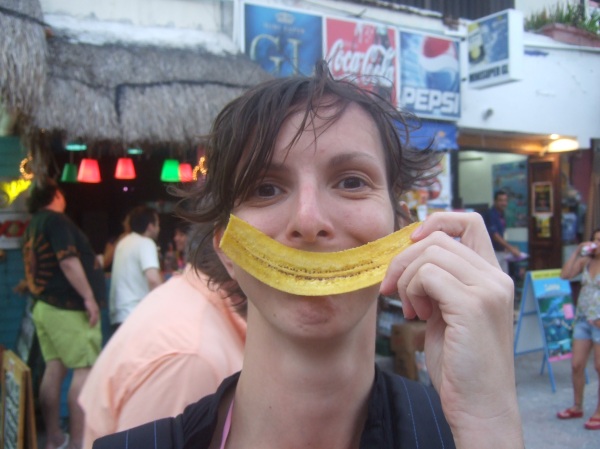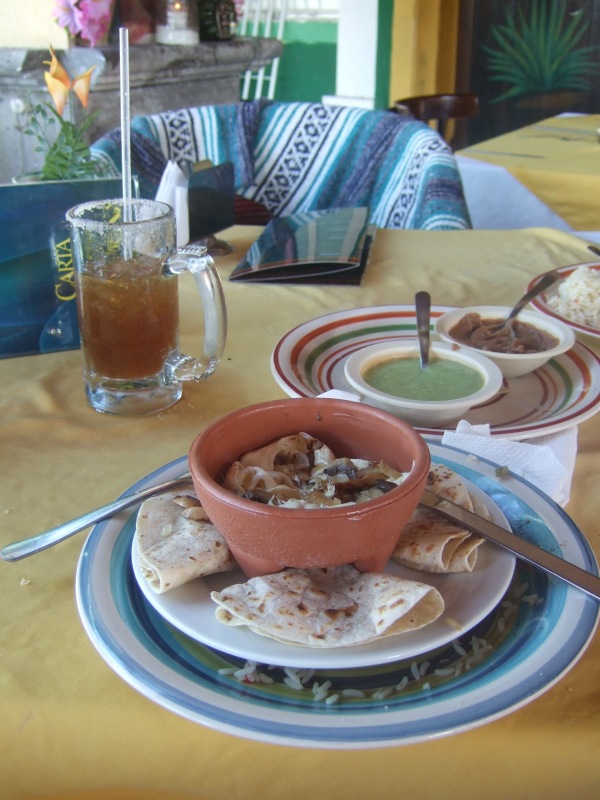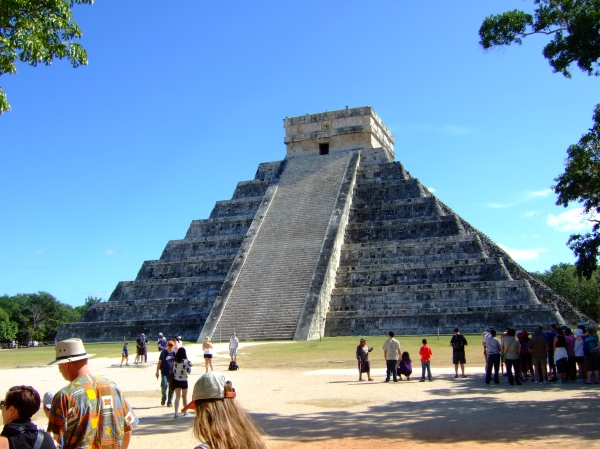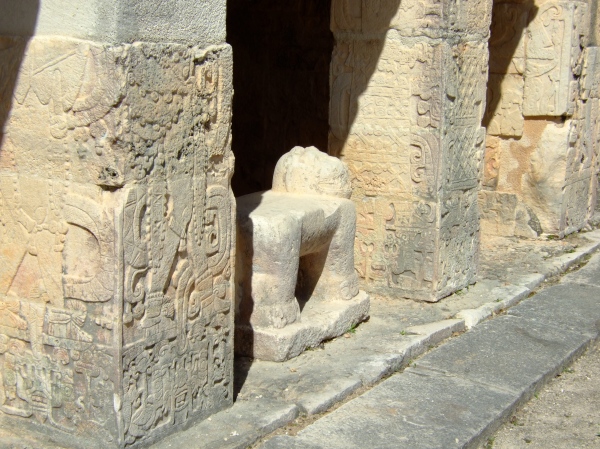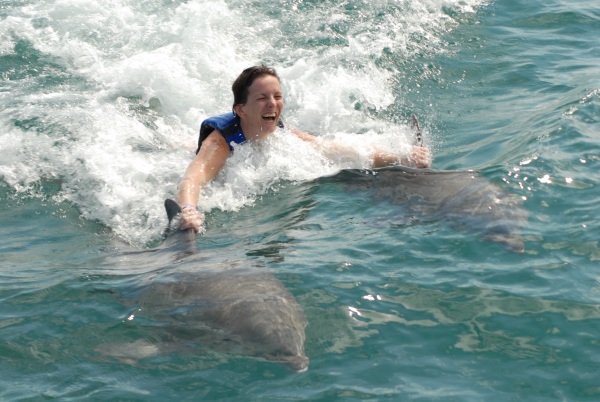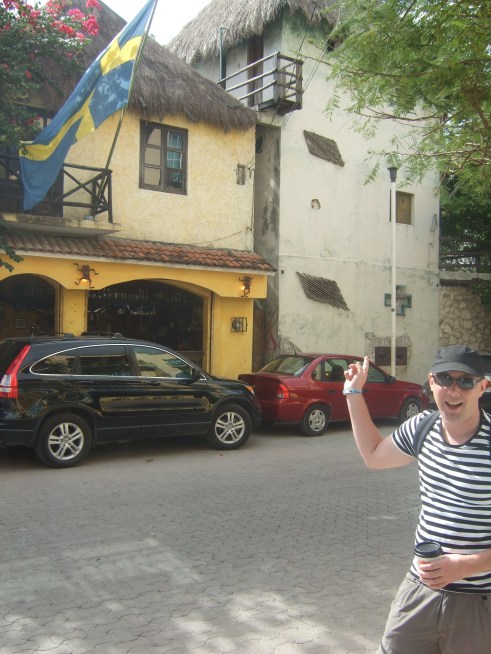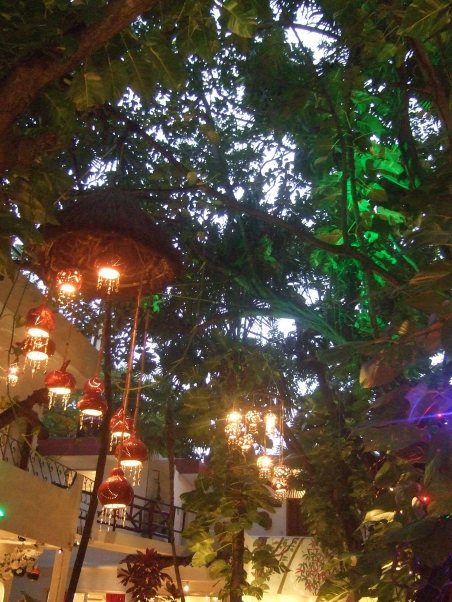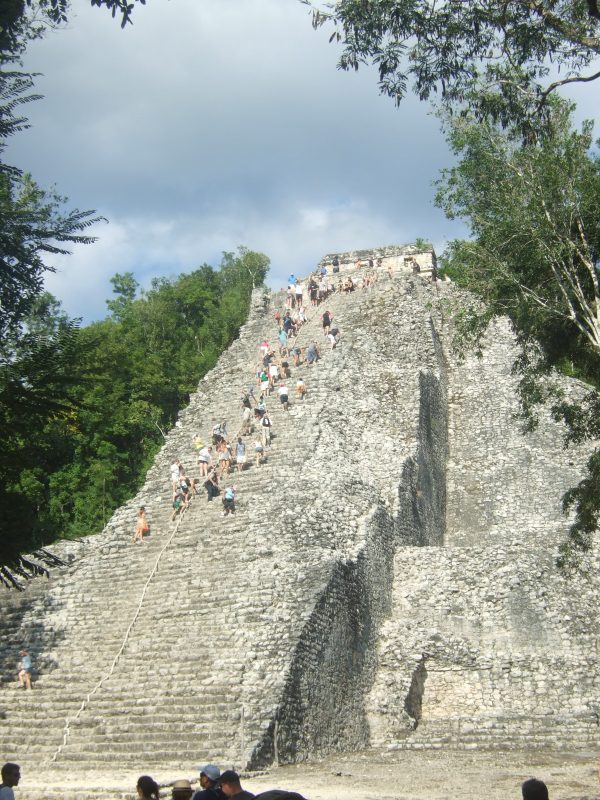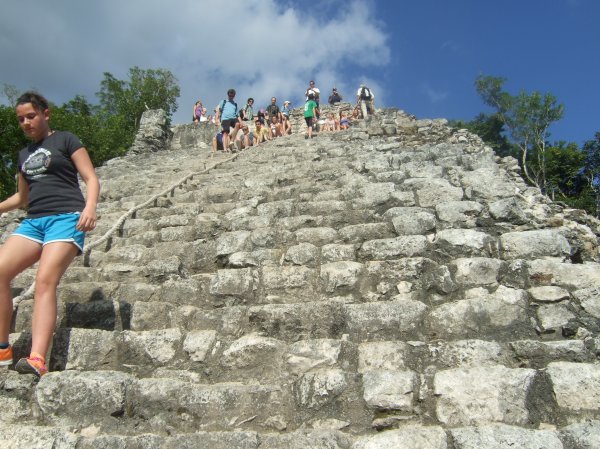- aka a visual guide to the Mexican cuisine
- aka culinary moments that completely swiped us off our feet
- aka instead of writing a ton about how awesome the Mexican cuisine is, here are some pictures
Category Archives: the travelogue
I travel. Not a lot, and not as often as I’d like to, but when I do, I’ll tell some stories about it here.
the day we went to Chichen Itza
When waiting at the super-crowded entry to fetch our tickets and our guide, we knew that there was something fishy with this place.
To start with, none of the visited Mayan sites had sooo many tourist as Chichen Itza (though some of them are as fun, if not more fun than this place), and none of the sites required a local guide to join you on your trip. Literally, you cannot walk on your own at Chichen – you have to have a guide with you even if you are there as a couple (which would be an interesting investment anyway for two), so instead, you would join another bunch of tourist to save quite some sum – and to loose completely the experience of walking around at historic sights on your own pace.
The other downside of a super popular Unesco World Heritage site – in comparison with other awesome Mayan sites – is that you cannot climb up to any pyramids anymore where – unless you are some popular singer shooting some videos here (damn you JLo).
So, this is what you get at Chichen Itza:
- a guide and a group tour
- herds of other tourist
- walking around at closed of sights (absolutely no climbing anywhere at all)
- herds of Maya marketeers (the whole place is like a big souvenir shop with some famous sights in the background
- not enough time to walk around the whole sight (due to your rushed group visit)
Nonetheless, if you happened to be around, go there, see it, walk around and admire the history and the culture, try not to fall for the marketeers (or is it only me who don’t believe in the concept of local marketeers in large amount at big popular places??), and make sure to have a loads of water with you – because it might get hot and dusty out there.
Wiki has pretty well-kept information about Chichen Itza that I don’t want to retype (hope you don’t mind, my humble reader), so if you are interested, head for this site, read along before/after browse through the photos below.
(By the way, it was fun though 😉 )
the day we swam with dolphins
What more should I say…there were lot of pros and cons for us when deciding whether to sign up for an activity like that (not particularly financial ones).
- Does it worth it?
(Yes, it does) - Is it ethical?
(keeping animals in captivity is a long and dubious discussion, let’s discuss this later) - Is it fun for the animals?
(Apparently, it is) - Are they kept well?
(from the outsiders perspective, I think so; otherwise, it’s part of the long and dubious discussion about keeping animals in captivity) - Do they return any of the money you dash into this institution to the dolphins?
(Dolphin Discovery does) - Is this company on PETA’s shitlist?
(no, it is not) - Do I f@ck up my karma if I give in to a popular tourist attraction?
(I hope not)
At the end, we gave in, for sole hedonist reasons (why not while we have the chance). You might ask yourself how fun it is to splash around with dolphins kept and breed in captivity and how realistic this experience is in comparison with swimming with wild dolphins. The fact is that wild (untamed) animals don’t swim with you, as it is their natural instinct to keep away from you as a human, so looking for realistic experience is a major fail.
However, interacting with mammals is fun.
It is also fun to see how tamed animals misbehave and do whatever the f@ck they like. Many times when the trainer sent out the dolphins to do some tricks, they just thought they would swim by their pals and hang around there and then come back for some treat / anchovy. In those cool / naughty dolphin moments I marveled at the bright mind of these gorgeous mammals, who know what they supposed to do or don’t do in certain scenarios, but every now and then they practice free will and do whatever they like.
the day we fell in love with Playa del Carmen
Well, it’s not that difficult to fell in love with this place for the European mind, after all. Especially after living for a week in Cancún, which feels like part of the big USA (the malls, the shopping, the all inclusive madness overall, the dollar ATMs, the high scale hotels and entertainment). We got here first when we took the diver for a bumpy ride to Cozumel.
/Footnote/
Those of you who are not familiar with diving spots of the world, Cozumel and the coral reef around is considered to be the second best place to dive. It was pretty fun to try snorkeling here as well, spotting tons of fishes and a ray amongst the meter high waves and the windy-rainy weather. Well, that’s what you get if you end up at Cozumel the day before they close down the harbour due to weather conditions.
/End of Footnote/
Just like Cancún, Playa del Carmen used to be a tiny fisher village some 40 years ago, now it is a youthful booming tourist location, full of 30 something modern hippies who chose not to fell for Cancún.
Playa mainly consists of one huge main street with shops and restaurants, streets and alleys opening from the main street are full of little bars, hostels, and apparently, after a couple of meters walk, the Carrebean itself pops up.

Laid back beaches, lack of skyscraper hotels, friendly community and the world 2nd most awesome dive location at hand – no surprise we fell for it 🙂
the day we climbed a mayan pyramid
None of us really into organized trips – they are simple, organized, compact, no chance to replan: zero challenge. However we’ve get tricked into these options every now and then, for example when we booked into Alltournative’s Coba Mayan adventure.
The good thing about this company is that at least they try to be a bit different. All of their tours run on the concept that before visiting a lesser known Mayan site or ruin, you would get to know some part of the Mayan culture or ways of their living which is still leaves a vivid pattern on the Yucatán peninsula. Just like any other tourist organization, this company aims for American tourists as well, so the concept of “fun” and “encounter” is different from what a European, less commercial tourist would expect.
The trip started with a visit at Pac-chen, a small Mayan community that runs this trip in cooperation with Alltournative. The people of Pac-chen let you walk around in their town, dip into their cenotes, paddle a bit in their pond, eat the food they cook for you. All they ask is to leave everything in a locker that is not watertight and at the end of the trip, pay for the photos they’ve been taking you all throughout the morning. That’s how you end up walking around in the jungle in a bikini…
Cenotes are sinkholes, created by mother nature in corporation with the Yucatàn’s limestone based structure. These sinkholes were the center of communities for Mayas. Where there is a cenote, there is/was a Mayan village around, as these sinkholes provided clear drinking water for the inhabitants.
Daniel had been into one of these cenotes with his local diver buddy the day before, so I thought he is prepared to rappel down the cenote. He was not. I was not. You just cannot get prepared to go 25 meter deep on a rope into a dark hole filled with water. However, it turned out to be a great fun anyway 🙂
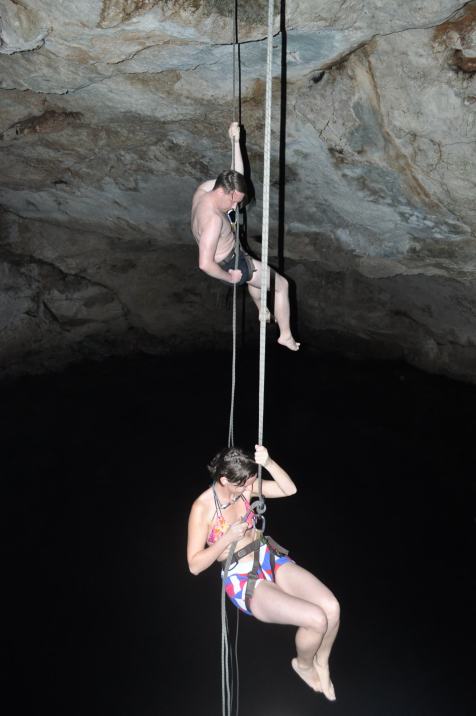
This particular cenote itself looked like a crystal clear lake topped by an enormous limestone dome, (kudos mother nature, you did it again). It’s peaceful, it’s quiet (even the loud fellow tourist got silent for a wee bit), it’s pure, it’s fun.
After a great lunch (never ate such a delicious black bean meal), we head down to Cobá, which seemed to me like a hidden treasure. When visiting the Yucatán, the first Mayan site that gets promoted is Chichén Itza: it’s big, it’s famous, it’s a World Heritage site. However, before the rise of Chichén Itza, Cobá was the political and cultural capital of the Mayan. The town itself was bigger (in size) than Chichén Itza, however, the lush vegetation and the earlier fall helped hiding this wonder. As our guide told us, currently, only 6% of Cobá is an open site for tourism; the rest of the town is hidden (or eaten up) by the jungle that surrounds the site. Side note: the complete territory of Chichén Itza’s archeological site is the same size as the visiting site of Cobá 6%, which leaves Cobá a 94% bigger town than Chichén Itza.
Apart from the “which town is the more awesome Maya site” (which our Mayan guide was fascinated about), one thing is definitely more awesome at Cobá, and that’s the 42 meter tall grand pyramid, Nohoch Mul.
Not only this pyramid is twice as high as the one at the famous site, but also this is the pyramid that you can actually climb! 🙂
The thing is that National Institute of Anthropology and History (INAH – it runs almost all the Mayan historical sites in Mexico), partly due to conservation purposes, partly because of lethal accidents, shut down most of the climbing activities at these ruins. You can walk around, take tons of pictures, eventually touch the ruins, but you cannot climb anywhere up.
Not sure how long this restriction can keep Cobá open for the climbers, but if you have somewhere a check list item called “climb a Mayan pyramid”, make sure to head towards Cobá. There is something indescribable about the feeling when you reach a top of a 42 meter high building, erected more than a 1000 years ago, being all sweaty and dizzy, you watch every step not to fall down, and when you recollect your guts and breath and look around you realize that you reached over the top of the mighty jungle.




